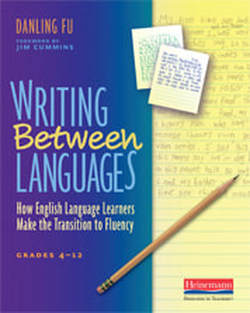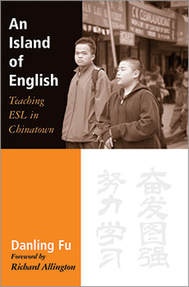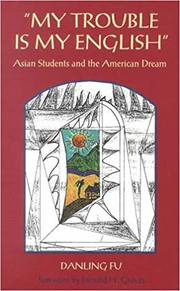Invitations for further engagement with chapter ideas
- In the Introduction, Danling shares her story of transitioning from a monolingual perspective to a translanguaging perspective. Throughout reading this book, we encourage readers to consider and continuously interrogate their perceptions and assumptions about:
- language and language acquisition
- the role of home languages and home cultures in the education of emergent bilinguals
- the goals of educating emergent bilinguals
- the implications of ideological stances about language to education and to society.
- Observe two experienced bilinguals/multilinguals who share more than one language and listen in to [and, if possible, record] some of their conversations. How do they use their languages to communicate with each other? How do the patterns you observe match up with the ideas in the Introduction?
- Interview a person who is bilingual/multilingual. How do they* understand their identity as bilingual/multilinguals? How do they understand their language practice? Do they have a monolingual or a plurilingual/translanguaging perspective?
resources for further Reading/viewing

Fu, D., & Matoush, M. M. (2015). Focus on literacy. Oxford, United Kingdom: Oxford University Press.
|

Fu, D. (2009). Writing between languages: How English language learners make the transition to fluency, grades 4-12. Portsmouth, NH: Heinemann.
|

Fu, D. (2003). An island of English: Teaching ESL in Chinatown. Portsmouth, NH: Heinemann.
|

Fu, D. (1995). My trouble is my English: Asian students and the American dream. Portsmouth, NH: Boynton/Cook.
|
* they, them, their is used as the unmarked singular form.
